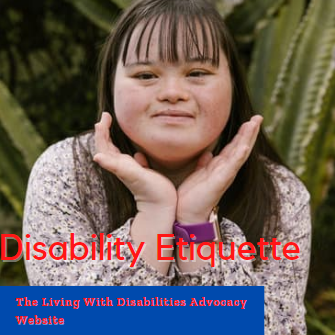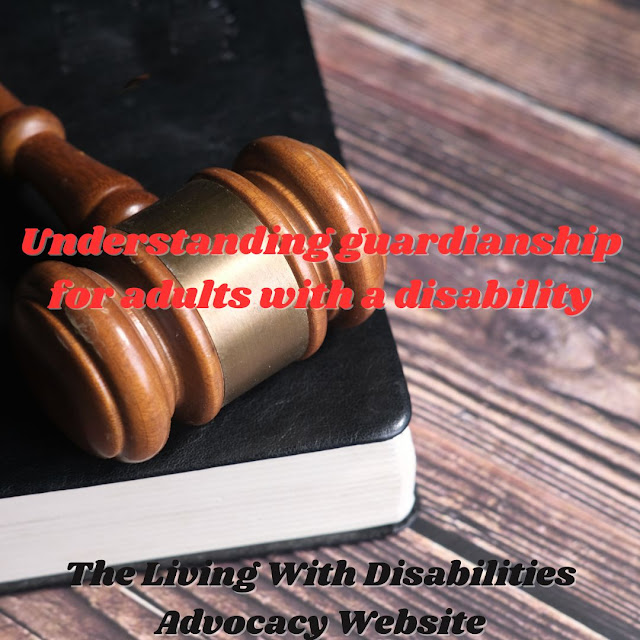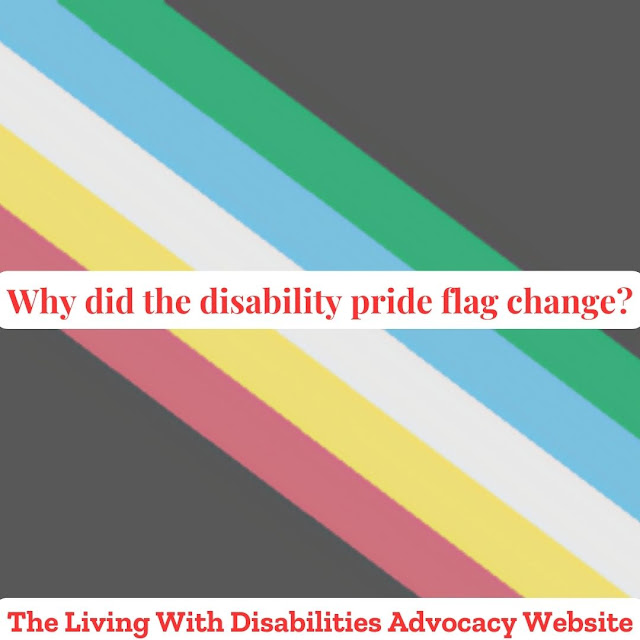Disability Etiquette
Welcome to the Living With Disabilities Advocacy website. First and foremost. Self-published author Katrina Smith, a person of many accomplishments, has written six volumes in total: two cookbooks and four collections of poetry. Her favorite activities include reading and writing. Katrina would be described by one word: determined. Despite any challenges she may encounter, she does not let unkind comments decide her fate.
If you're a new visitor to this advocacy website, this page's goal is to increase public understanding of those who live with disabilities and other conditions. We suggest that anything you read on this site you seek out a licensed professional counselor or healthcare provider.
This week, Living With Disabilities will touch on Disability Etiquette.
What exactly is Disability Etiquette? Never disregard a person's needs just because they are disabled. Consider the following guidelines.
1. If you want to assist someone who has a disability, find out if they need it and pay attention to any instructions they may have.
2. Be mindful of the additional time it could take a person with a handicap to complete tasks or express themselves. Let the person decide how quickly you should walk and chat.
3. Treat adults with respect.
4. Only address someone by their first name when you are comfortable doing so for everyone in the room.
5. Don't stroke the heads of individuals in wheelchairs as a sign of condescension.
6. If you accidentally say anything like, "See you later" or "I've got to run," or something similar that seems to allude to the person's impairment, don't be embarrassed.
7. Take into account the requirements of people with disabilities when organizing events that will involve them. Reach out and discuss the scenario with them beforehand if there could be a barrier, such as a set of stairs, a door that is difficult to open, or a bathroom that is not easily accessible.
8. Always ask questions about access rather than assuming you already know the answer.
After discussing the specifics of disability etiquette, we'll now discuss how to act appropriately around people who need mobility aids, people with impaired vision, and people who are blind.
Etiquette for people who use a mobility device
Don't lean upon or hang off a wheelchair.
Do Keep in mind that wheelchairs extend personal space.
Do Before touching someone's wheelchair, get their consent.
Do If you're speaking with the wheelchair user for more than a few minutes, position yourself so that you are both at eye level to prevent neck pain for both of you.
Do When giving instructions, take into account the distance, the weather, and any physical barriers like curbs, stairs, and steep hills.
Etiquette for people who are blind or have low vision
Don't grip their arm as you try to lead them.
Do allow them to grip your arm. This will enable you to direct the individual rather than push or influence them.
Do employ precise language like "left 100 feet" or "right 2 yards."
Before discussing manners for those with invisible disabilities, we want to make it very clear that you should never judge someone based just on their appearance. As the list of hidden disabilities grows, they include autism and learning problems (there are different levels of autism). Some are high functioning to non-verbal autism.
Etiquette for people with invisible disabilities.
Do While you wait for the speaker to finish an idea or word, practice patience and paying attention.
Don't finish their sentence for them.
If you don't understand what their trying to say, ask them to repeat it. Let them know what you did hear and check to see if it corresponds to what they are saying. Keep in mind that a person may use a communication device.
Don't feel intimidated while speaking to someone who uses a communication gadget.
Don't support them until they request it.
Multiple people with disabilities want to remain independent as much as possible.
Do Support if the person requests it.
Do Speak with the individual with the disability directly.
Don't just talk with those besides the disabled individual.
Do Smile and make a handshake motion when greeting. Keep in mind that shaking hands isn't always required.
Do Keep in mind that a person with a disability makes mistakes. They make mistakes, just like everyone else, so when they do, keep your cool.
If you need online support,Disability Safe Haven is great for receiving support. The We Care Team is very protective of its members and asks everyone who joins, to have a profile picture and answer the security questions.
References Link
https://www.easterseals.com/support-and-education/facts-about-disability/disability-etiquette.html
Podcast Link
https://anchor.fm/livingwithdisabilites/episodes/Disability-Etiquette-e1ttn5d




Comments
Post a Comment